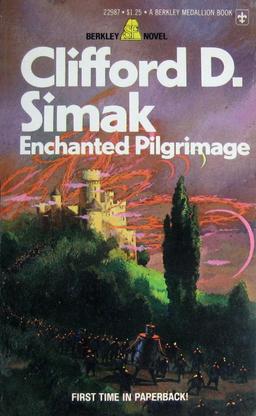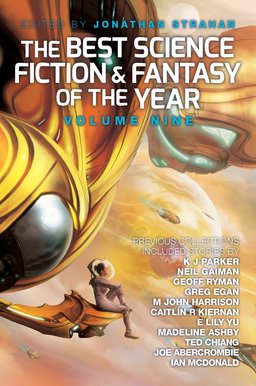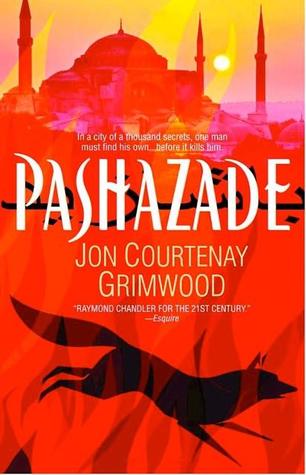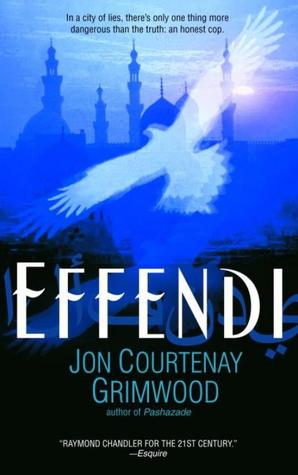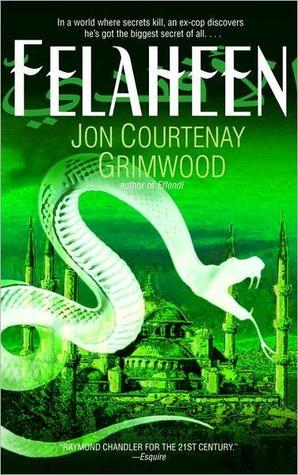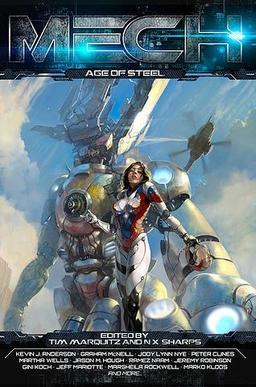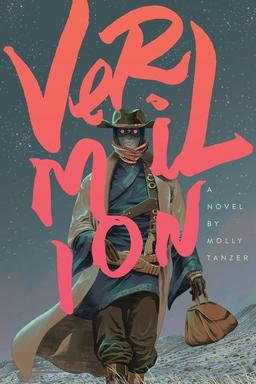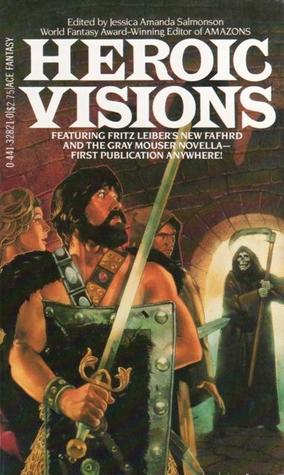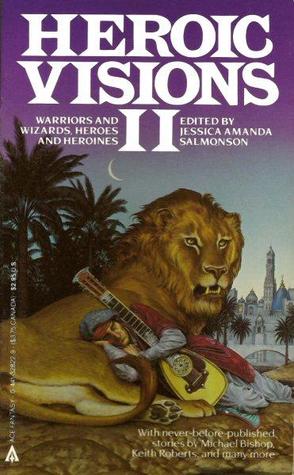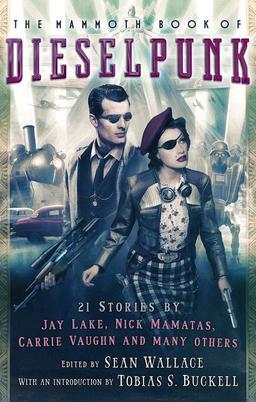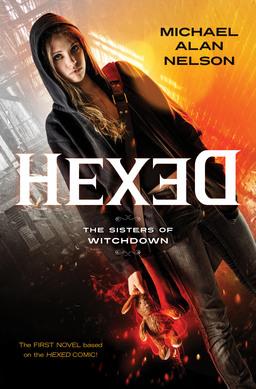Future Treasures: The Liar’s Key by Mark Lawrence
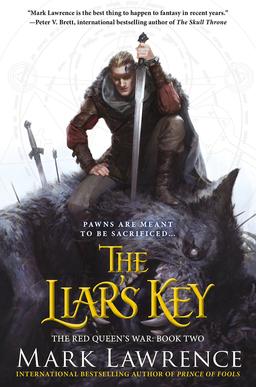 Prince of Fools, the first volume in Mark Lawrence’s new fantasy series The Red Queen’s War, was released in June 2013. It is set in the same world as his previous trilogy The Broken Empire (Prince of Thorns, King of Thorns, and the 2014 David Gemmell Legend Award winner Emperor of Thorns).
Prince of Fools, the first volume in Mark Lawrence’s new fantasy series The Red Queen’s War, was released in June 2013. It is set in the same world as his previous trilogy The Broken Empire (Prince of Thorns, King of Thorns, and the 2014 David Gemmell Legend Award winner Emperor of Thorns).
The Liar’s Key, the second book in the series, will be published this June, and it continues the story of the unusual fellowship between a rogue prince and a weary warrior.
After harrowing adventure and near-death, Prince Jalan Kendeth and the Viking Snorri ver Snagason find themselves in possession of Loki’s Key, an artefact capable of opening any door, and sought by the most dangerous beings in the Broken Empire — including The Dead King.
Jal wants only to return home to his wine, women, and song, but Snorri has his own purpose for the key: to find the very door into death, throw it wide, and bring his family back into the land of the living.
And as Snorri prepares for his quest to find death’s door, Jal’s grandmother, the Red Queen continues to manipulate kings and pawns towards an endgame of her own design…
We published the first chapter of Prince of Thorns, with a brand new introduction by Mark, here, and Howard Andrew Jones’s interview with him is here. Mark’s long article on writing and selling The Prince of Thorns is here.
The Liar’s Key will be published by Ace Books on June 2, 2015. It is 496 pages, priced at $26.95 in hardcover and $12.99 for the digital edition.
